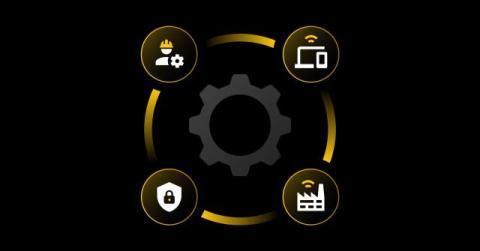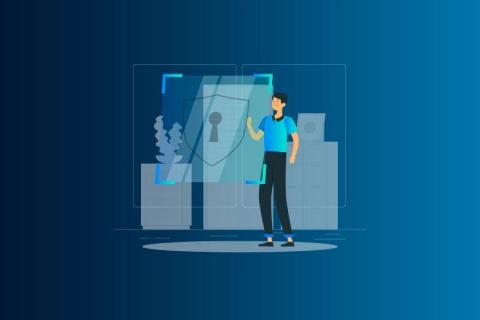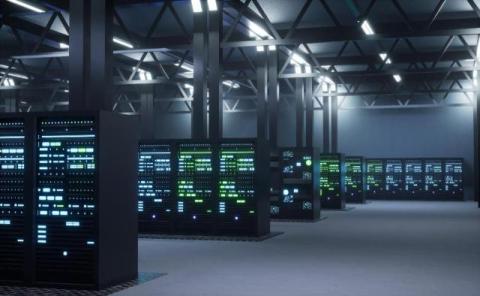Cybersecurity for Electricity Distribution [2025 Update]
Electricity transmission and distribution are popular topics at the moment, especially as they pertain to utilities infrastructure security. These essential pillars of modern society are undergoing rapid digital transformation, with increased connectivity and technological sophistication harboring large-scale cybersecurity challenges.






